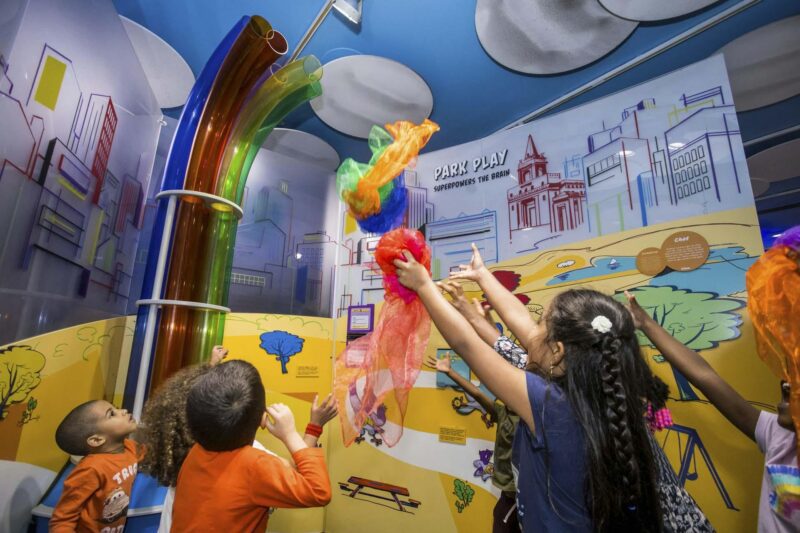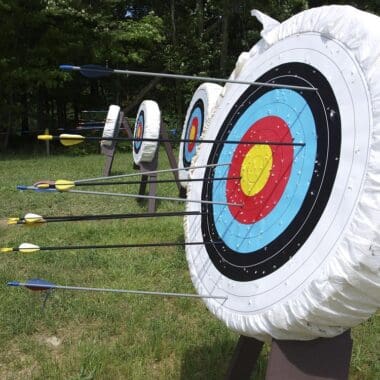Teachers shape the future by inspiring young minds, and what better way to fuel that inspiration than by integrating the wonder of interactive learning experiences found at children’s museums? Across the country, many children’s museums understand the vital role educators play in community development and offer special teacher discounts as a token of appreciation. This gesture not only acknowledges the hard work of teachers but also reinforces the bond between educational institutions and cultural centers aimed at fostering curiosity and knowledge among children.
Full disclosure: If you visit a link on this page and make a purchase, we may receive a small commission at no extra cost to you.
Children’s museums are magical places where the world of learning comes alive. Expertly designed exhibits invite hands-on interaction, making education a tangible and dynamic journey for kids of all ages. From exploring the depths of the ocean to unraveling the mysteries of science and art, these museums create a playground for the mind. Educational programs are tailored to support classroom learning, align with curriculum standards, and encourage creative thinking. With the belief that play is the language of childhood, children’s museums provide a space for experiential learning, discovery, and the joyous celebration of childhood wonder.
For teachers looking to unlock the educational treasures housed within children’s museums, obtaining a teacher discount is typically straightforward. To start, check with the specific museum’s website or contact their membership office, as most discounts require verification of educator status. Often, this can require a valid school ID, a letter from the school administration, or a union card. Some museums may offer discounts on membership, while others provide reduced admission prices for school trips or even free entry during Teacher Appreciation events. Teachers, take note – these opportunities for discounted access are not only a way to stretch your own cultural horizons but serve as a bridge to bring unique learning experiences back to your classroom.
Q&A
Q: What is a children’s museum?
A: A children’s museum is a playful paradise designed specifically for kids, where interactive exhibits and hands-on activities ignite curiosity, foster imagination, and make learning fun. Unlike traditional museums, children’s museums encourage touching, exploring, and engaging with the exhibits to help kids understand the world around them.
Q: How does a children’s museum differ from a regular museum?
A: Children’s museums are unique because they focus on experiential learning aimed at a younger audience. The environments are usually safe, colorful, and bustling with opportunities for play and discovery. Exhibits are robust and crafted for hands-on interaction, rather than observation from a distance, which is common in traditional museums.
Q: Can adults enjoy a children’s museum as well?
A: Absolutely! While the exhibits are crafted with children in mind, adults often find joy in watching their children learn and explore. Many children’s museums have programs and spaces that cater to adult-child interactions, making it a great place for family bonding and creating lasting memories together.
Q: What kind of exhibits can be found in a children’s museum?
A: The exhibits are as diverse as children’s interests! You might find a water play area teaching about fluid dynamics, a miniature town for role-playing, a construction zone to learn about engineering, an art studio for creative expression, a wildlife section to learn about animals, and so much more. Each exhibit is designed to be an educational adventure.
Q: Are children’s museums only for young children?
A: While they’re geared towards youngsters, many children’s museums have programs and exhibits that cater to a wide age range, including pre-teens. Some may even have sections dedicated to older kids, offering more complex challenges and learning opportunities.
Q: How can visiting a children’s museum benefit my child’s development?
A: Visiting a children’s museum offers a multitude of developmental benefits, such as enhancing fine motor skills through play, advancing cognitive abilities by solving problems, boosting language skills through interactive storytelling exhibits, and developing social skills via cooperative play opportunities.
Q: Can schools organize trips to children’s museums?
A: Yes, many children’s museums welcome school groups and often work with teachers to align the visit with the school’s curriculum. Some offer guided tours, educational programs, and hands-on workshops that enrich the students’ learning experience outside the classroom.
Q: Are children’s museums accessible to children with special needs?
A: Most children’s museums strive to be inclusive and accessible, offering accommodations such as quiet areas, sensory-friendly events, and exhibits designed to be enjoyed by children with a range of abilities. It’s always best to check with the specific museum beforehand to understand the available resources.
Q: Is it necessary to supervise my child at a children’s museum?
A: Yes, supervision is necessary to ensure the child’s safety and to support their learning journey. Adult engagement can significantly enhance the educational experience by offering explanations, asking thought-provoking questions, and encouraging exploration.
Q: Can we celebrate birthdays or host events at a children’s museum?
A: Many children’s museums offer event hosting services, including birthday party packages. These events typically include access to the museum exhibits, a private party room, and sometimes even guided activities or educational entertainment. It’s a popular and enriching option for celebrating special occasions.





